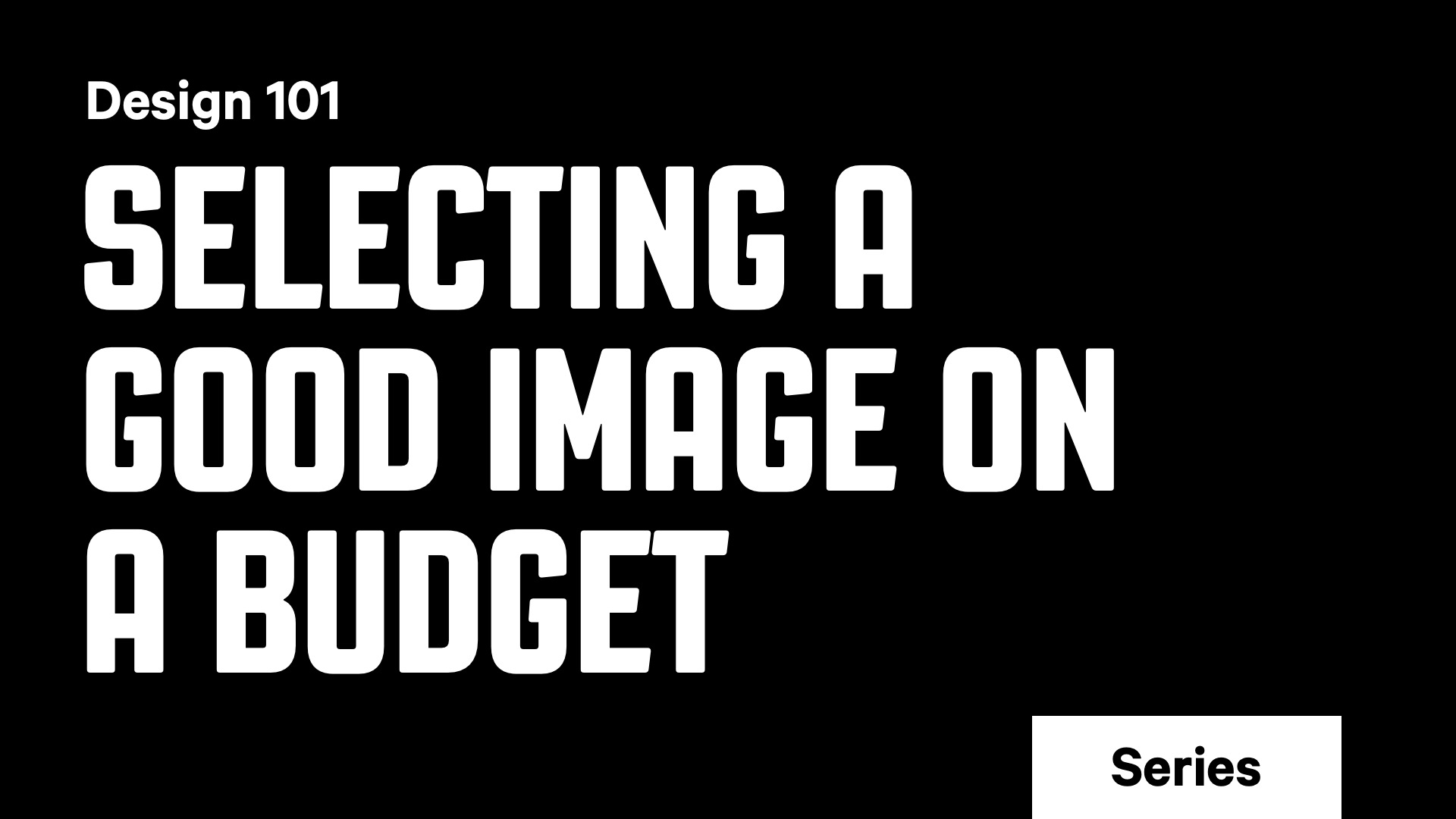Design 101: Selecting a good image on a budget

Whether it’s developing a brand identity, creating an advertising campaign for a new product or populating a website, imagery is one of the first things designers think about.
In an ideal world, we’d like to use originals. But hiring models, finding a unique location and paying a photographer usually goes beyond what the budget allows. So using stock imagery is the more cost-effective option
Now many of us are familiar with stock imagery in its most common (and least imaginative) forms – rows of businesspeople, arms folded, hair perfect, smiling at the camera.
Close ups of besuited hands shaking or inexplicably cradling a tiny pile of soil with a green shoot poking up out of it.
Smiling young couples (always barefoot) seated among stacks of brown cardboard boxes with steaming mugs of coffee on the polished wood floor of their newly purchased home. You get the idea.

© Shutterstock
But it doesn’t have to be this way. Chosen carefully, stock images can bring real value to your branding and marketing. They can help communicate your brand ethos, support your tone of voice, enrich your storytelling and much, much more.
Here are five tips to help you get the best out of stock imagery:

© Gabe Rebra on Unsplash
Strive for difference
Even if your offering is traditional or conventional, the imagery you use to communicate this doesn’t need to be. Don’t just go wild in the aisles for the first search term you thought of.
Try to explore further. Thinking laterally can produce search results that surprise and delight, and bring you unexpected images to help you stand out from the crowd.

© Shutterstock
Work out what you want to achieve
What are you searching for images of? Are you looking for fresh new takes on real-world scenarios or abstract concepts? Are you expressing very specific ideas or providing additional richness and texture to a brand in a conceptual way?
Consider not only what will connect with your audience best, but also what will enhance and define your brand look-and-feel.

© Shutterstock
Keep it natural
If people are going to be central to your brand’s visual landscape, then avoid clichéd images. Obviously staged images will lead you towards the tired old tropes of the stock library world. People are savvy and can see straight through these pictures.
They’ve probably even seen the exact image before. Think of the time you visited the contact page of some local business’s website featuring a generic stock shot of a smiling person wearing a 20-year-old call centre headset. Kind of goes against the current push towards authenticity, doesn’t it?

© Shutterstock
Choose an aesthetic
Is there a concept or theme underpinning your image choices? This could be something as simple as choosing between black and white or colour images.
You could opt for a more conceptual approach by choosing a suite of close-up macro images of nature, overhead shots from drone cameras, or pictures which all feature the colour red, for example.
Tying in brand values or campaign aims can also lead you into new creative territory. Do you want crowded, busy images? Or stark, minimal shots? Nature and life in all its colour? Or man-made, linear structures?
Decisions like this can focus your image work into a coherent part of the design language of your project.

Image: Examples featuring Ariane, the “Overexposed stock model”
Exclusivity comes at a price
If spotting one of your images rumble past on the side of a bus with another company’s logo next to it brings on the cold sweats, you can always purchase exclusive rights to that image.
This means that although it may have been used many times in the past, it can never be used again by anyone else.
This exclusivity comes at a price though. Both the image libraries and the photographers who supply them work on a low margin/high volume pricing model and taking one of their images out of circulation permanently could be costly. It’s also important to clarify that you only gain ownership of the image, not the copyright – this stays with the photographer.
However, if you’re looking to buy exclusive rights, it might be cheaper or the same cost to have a bespoke photoshoot. That way, you get the best of both worlds: the images are just what you want and they’re yours for good.
There are loads of image libraries out there
Gettyimages.co.uk offers premium quality and rights-managed photography, while Shutterstock.com works on a low-price subscription model. And there are always free libraries like unsplash.com, which tend to have less options but some equally good professional images to use.
Whatever your timescale and budget, there are loads of resources out there to help you find the perfect image.